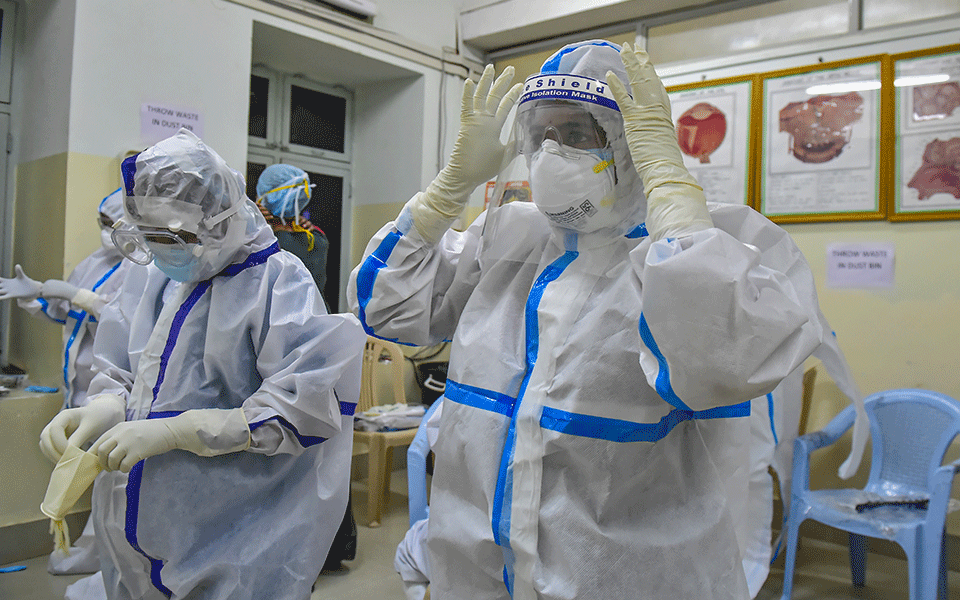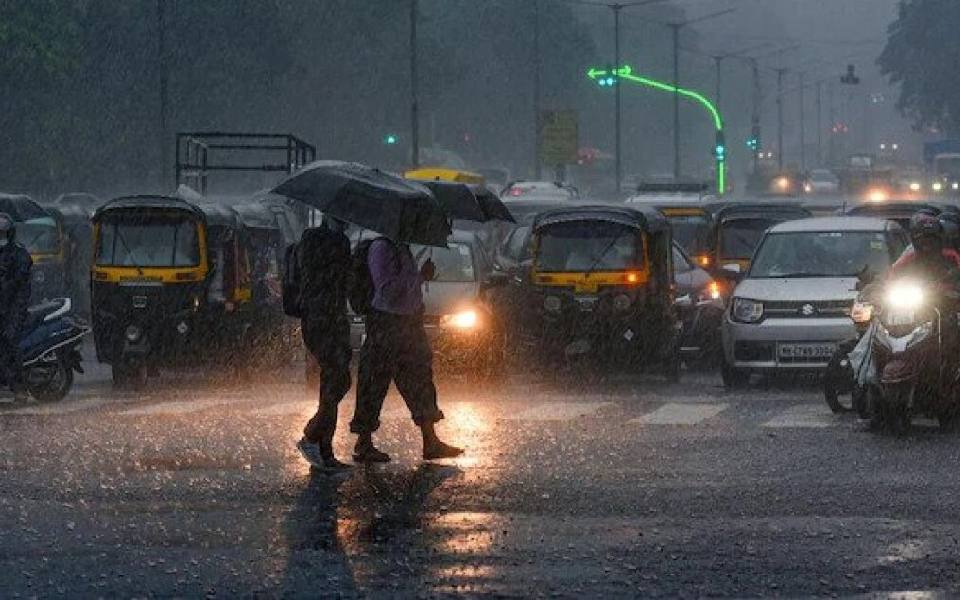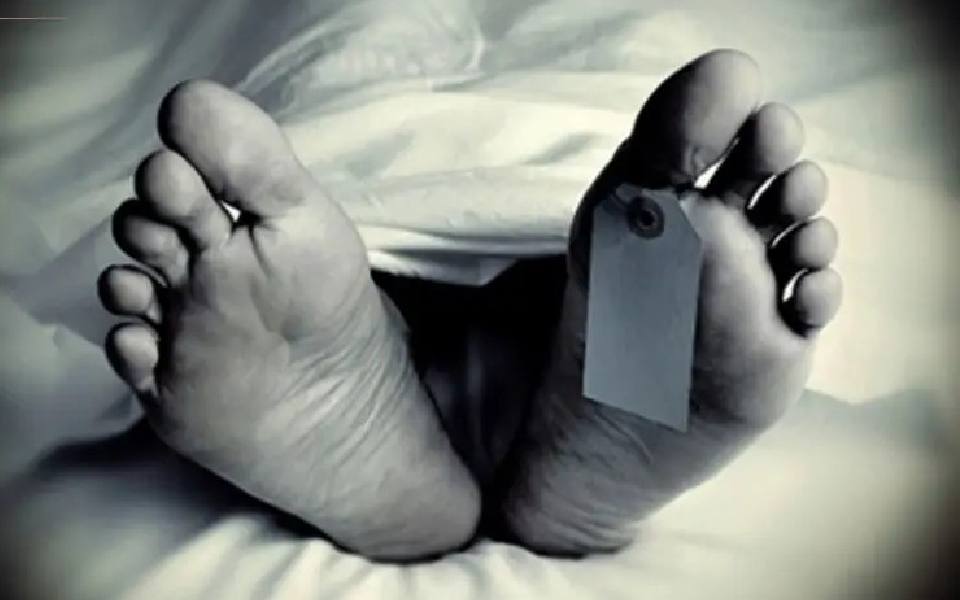New Delhi/Jaisalmer: An Air India flight with 53 Indians evacuated from coronavirus-hit Iran landed in New Delhi on Monday and the passengers were flown to Jaisalmer where they have been quarantined at the Army Wellness Centre.
This is the fourth batch of Indians to be evacuated from Iran, taking the total number of people brought back from the coronavirus-hit country to 389.
On Sunday, over 230 Indians were brought back from Iran and quarantined at the Indian Army Wellness Centre in Jaisalmer.
"Fourth batch of 53 Indians - 52 students and a teacher - has arrived from Tehran and Shiraz, Iran. With this, a total of 389 Indians have returned to India from Iran. Thank the efforts of the team @India_in_Iran and Iranian authorities," External Affairs Minister S Jaishankar tweeted.
The Indians came in a Mahan Air flight that landed at the Delhi airport at around 3 am, officials said, adding, that they were later taken to Jaisalmer in an Air India flight and quarantined.
Defence spokesperson Col Sombit Ghosh said, "Preliminary screening of the persons was undertaken at the airport upon arrival. Thereafter, they were moved to the Army Wellness Centre at Jaisalmer."
The first batch of 58 Indian pilgrims were brought back from Iran last Tuesday and the second group of 44 Indian pilgrim arrived from there on Friday.
Iran is one of the worst-affected countries by the coronavirus outbreak and the government has been working to bring back Indians stranded there. Over 700 people have died from the disease in Iran and nearly 14,000 cases have been detected.
Jaishankar had told Rajya Sabha last week that the government was focusing on evacuating Indians stranded in Iran and Italy as these countries are facing an "extreme situation".
Let the Truth be known. If you read VB and like VB, please be a VB Supporter and Help us deliver the Truth to one and all.
Washington, May 19: Gopi Thotakura, an entrepreneur and a pilot, on Sunday became the first Indian to venture into space as a tourist aboard Amazon founder Jeff Bezos's Blue Origin’s NS-25 mission.
Thotakura was selected as one of the six crew members for the NS-25 mission, making him the first Indian space tourist and the second Indian to venture into space after the Indian Army's Wing Commander Rakesh Sharma in 1984.
Blue Origin's seventh human flight, NS-25, lifted off from Launch Site One in West Texas on Sunday morning, the company announced on social media.
This mission was the seventh human flight for the New Shepard programme and the 25th in its history. To date, the programme has flown 31 humans above the Karman line, the proposed conventional boundary between Earth's atmosphere and outer space.
New Shepard is a fully reusable sub-orbital launch vehicle developed for space tourism by Blue Origin.
According to Blue Origin, "Gopi is a pilot and aviator who learned how to fly before he could drive."
He co-founded Preserve Life Corp, a global centre for holistic wellness and applied health located near Hartsfield-Jackson Atlanta International Airport.
In addition to flying jets commercially, he pilots bush, aerobatic, and seaplanes, as well as gliders and hot air balloons, and has served as an international medical jet pilot.
A lifelong traveller, his most recent adventure took him to the summit of Mt Kilimanjaro in Tanzania.
Andhra Pradesh-born Thotakura is a graduate of Embry-Riddle Aeronautical University.
Other crew members of the flight include Mason Angel, Sylvain Chiron, Kenneth L. Hess, Carol Schaller, and former Air Force Captain Ed Dwight, who was selected by President John F Kennedy in 1961 as the nation's first Black astronaut candidate but was never granted the opportunity to fly to space.
The rocket booster landed safely a couple minutes prior to the capsule, CNN reported.
During the mission, the crew soared to more than three times the speed of sound. The rocket vaulted the capsule past the Kármán line, an area 100 kilometers above Earth’s surface that is widely recognized as the altitude at which outer space begins — but there’s a lot of gray area, the channel said.
At the peak of the flight, passengers experienced a few minutes of weightlessness and striking views of Earth through the cabin windows, it added.
During the flight, each astronaut carried a postcard to space on behalf of Blue Origin’s foundation, Club for the Future.
This programme gives students access to space on Blue Origin’s rockets, including an all-digital method to create and send postcards. The Club’s mission is to inspire and mobilise future generations to pursue careers in STEAM (science, technology, engineering, arts and mathematics) for the benefit of Earth.
From an environmental standpoint, nearly 99 per cent of New Shepard’s dry mass is reused, including the booster, capsule, engine, landing gear, and parachutes.
New Shepard’s engine is fuelled by highly efficient liquid oxygen and hydrogen. During the flight, the only byproduct is water vapour with no carbon emissions, the company earlier said.
Blue Origin released the NS-25 mission patch. A few of the symbols embedded include: The Gemini spacecraft represents Dwight’s aerospace training era. The hand lifting of the crew capsule is a nod to his extensive artwork.
The sunrise represents Angel and Schaller’s desire to experience the overview effect. The mountains symbolise Schaller, Thotakura, and Chiron’s passion for climbing and skiing.
Jeff Bezos’ space company had paused its suborbital tourism programme following a liftoff malfunction of the New Shepard rocket. In September 2022, an uncrewed flight of New Shepard ended in flames around a minute after liftoff.





